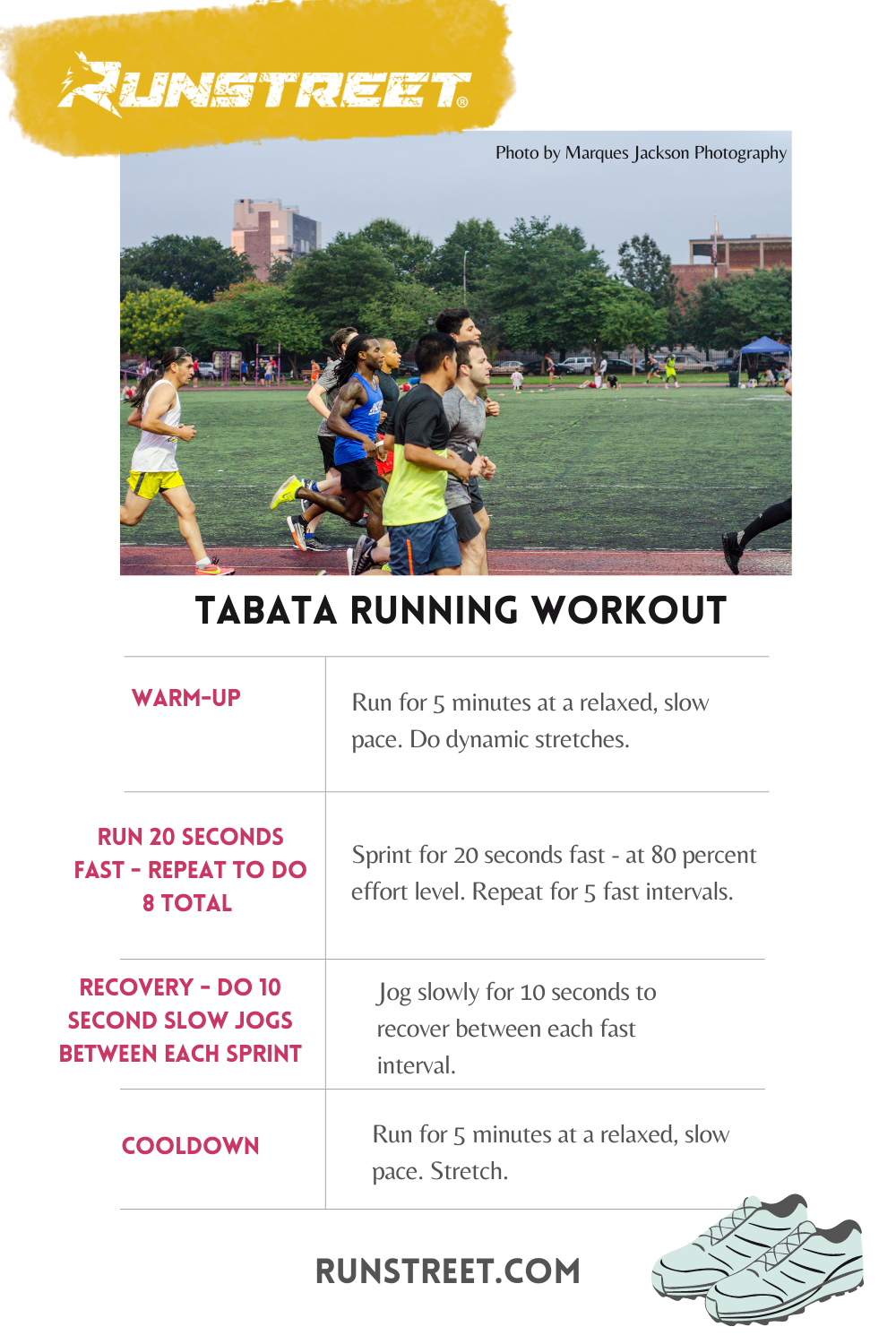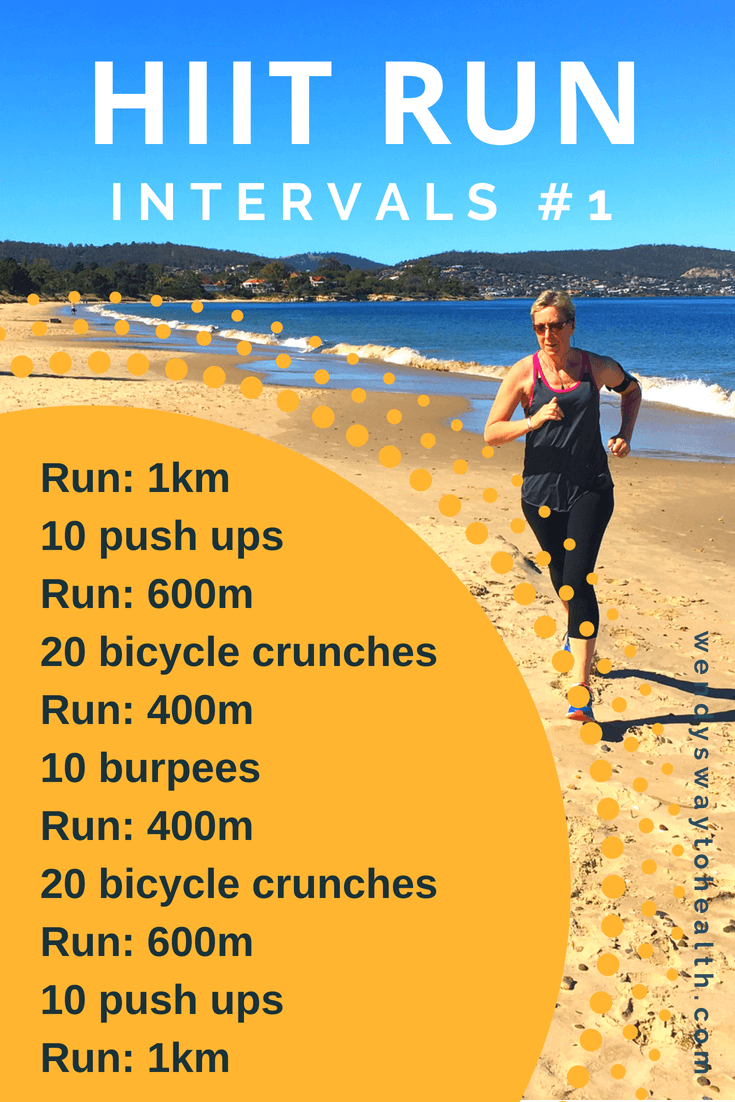Raise Your Running Strategy with Proven Techniques
Raise Your Running Strategy with Proven Techniques
Blog Article
The Ultimate Guide to Managing Pain When Running
For joggers, experiencing pain during runs is not uncommon, and recognizing how to properly take care of and prevent it can make a considerable distinction in your general efficiency and enjoyment of the sporting activity. Whether you are a seasoned marathoner or just beginning your running trip, recognizing the different sorts of discomfort that can occur and the methods to address them is vital. From pre-run workout routines to appropriate shoes choice, there are numerous elements to think about when it comes to handling pain while running. This thorough guide will furnish you with the knowledge and tools needed to navigate with the pain and equip you to attain your running objectives with higher ease.

Comprehending Various Kinds Of Running Discomfort
When running, it is vital to differentiate in between various kinds of discomfort to prevent injuries and take full advantage of efficiency (Read More). One typical kind of pain that joggers may experience is muscle pain, which commonly arises from the tension placed on muscles during exercise. This kind of discomfort is usually a typical part of the running process and can be managed via correct warm-up, cool-down, and stretching regimens
An additional kind of discomfort to be knowledgeable about is joint discomfort. Joint pain can show problems such as overuse, inappropriate kind, or underlying problems like joint inflammation. Disregarding joint pain can cause much more serious injuries, so it is important to address any type of pain promptly and perhaps seek specialist advice.
Furthermore, sharp or stabbing discomforts should not be neglected. These kinds of pain can signal severe injuries such as pressures, sprains, or anxiety fractures - running workout. Proceeding to go through these sorts of pain can worsen the injury and lengthen recovery time

Pre-Run Workout and Stretching Routine
To prepare the body for a running session, executing a reliable pre-run workout and extending routine is essential. A proper workout assists enhance blood flow to the muscular tissues, enhances flexibility, and reduces the threat of injury during the run. By incorporating a regular pre-run workout and extending regular right into your running regimen, you can maximize efficiency and decrease the risk of pain or injury.
Proper Shoes Choice and Fit
When selecting running footwear, it is vital to consider variables such as foot kind, running stride, arch support, padding, and footwear size. Seeing a specialty running shop for a gait analysis and expert fitting can assist ensure that you choose the right footwear for your individual requirements. Spending in premium shoes that is suitable for your running design and foot anatomy is an aggressive step in the direction of preventing pain and injuries throughout your runs.
Nourishment and Hydration Tips for Pain Prevention

Hydration is equally essential for joggers to avoid pains, dehydration, and other pains that can result in discomfort throughout running. It is suggested to consume alcohol an appropriate quantity of water throughout the day and especially previously, throughout, and after running sessions. Electrolyte-rich drinks or sports drinks can additionally be useful for replenishing lost minerals and keeping appropriate liquid balance. running strategy (Read More). By prioritizing nourishment and hydration, joggers can enhance their efficiency, reduce pain, and take pleasure in a much more comfortable running experience.
Post-Run Recovery Techniques to Reduce Pain
Carrying out reliable recuperation techniques is necessary for alleviating pain and advertising muscular tissue recovery after running sessions. Furthermore, icing aching locations for 15-20 minutes can aid decrease swelling and numb pain post-run.
Eating a well balanced snack or meal that consists of healthy protein and carbohydrates within 30 mins of ending up a run can assist repair muscle mass cells and renew energy stores. By integrating these post-run recovery techniques into your routine, you can successfully handle discomfort and enhance your his comment is here running performance.
Conclusion
Finally, dealing with different sorts of running discomfort with correct workout, extending, shoes choice, nutrition, hydration, and post-run recuperation methods is crucial for pain prevention and monitoring. By understanding the causes of discomfort and implementing these techniques, runners can reduce discomfort and potential injuries. It is essential to focus on total physical health and well-being to guarantee an effective and satisfying running experience.
Report this page